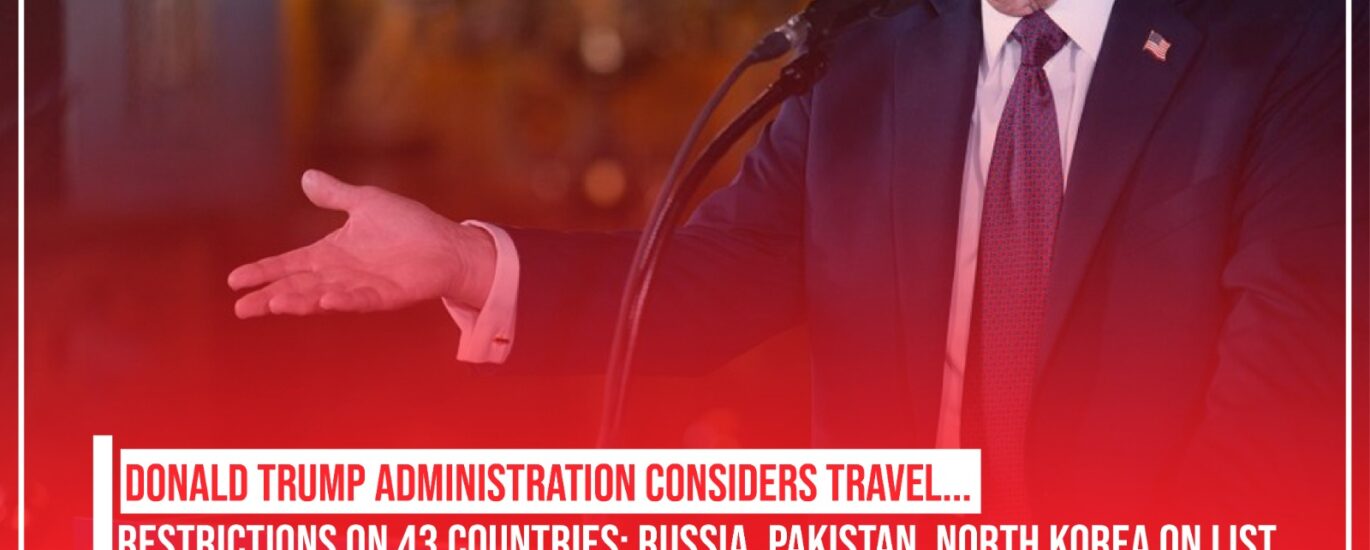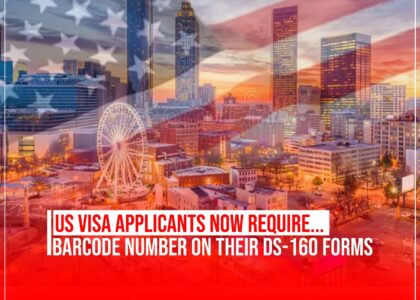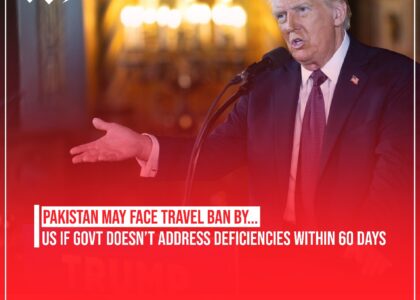The Donald Trump administration is reportedly considering a new wave of travel restrictions targeting citizens from 43 countries as part of an ongoing immigration crackdown initiated by the President early in his second term. According to recent reports, this sweeping proposal, which would categorize countries into three distinct groups, aims to enhance security and further tighten the immigration process. The move reflects Trump’s continued focus on national security concerns and a more stringent approach to foreign nationals seeking entry into the United States.
Understanding the Proposed Travel Restrictions
According to an internal memo obtained by The New York Times, these 43 countries have been divided into three categories based on their perceived level of cooperation with U.S. immigration and security measures. These categories—labeled red, orange, and yellow—represent different levels of restriction for citizens traveling from these nations. While some countries face total travel bans, others would see more limited access based on the type of travel.
Red List: Total Travel Ban
The first and most severe category, known as the “Red List”, consists of 11 countries whose citizens would be completely banned from entering the United States. These countries are considered to present significant security risks due to deficiencies in their screening and vetting processes. The countries on this list include:
- Afghanistan
- Bhutan
- Cuba
- Iran
- Libya
- North Korea
- Somalia
- Sudan
- Syria
- Venezuela
- Yemen
For citizens of these nations, the Trump administration is proposing a full ban on travel to the U.S. This would mean no immigrant, tourist, or business visas would be granted to individuals from these countries.
Orange List: Limited Travel Access
The second group, referred to as the “Orange List,” includes 10 countries. While these nations would not face an outright travel ban, the Trump administration plans to impose significant restrictions on their citizens. Business travelers from these countries may still be allowed to enter the U.S., but those applying for immigrant or tourist visas would likely be denied entry.
The countries on the Orange List include:
- Belarus
- Eritrea
- Haiti
- Laos
- Myanmar
- Pakistan
- Russia
- Sierra Leone
- South Sudan
- Turkmenistan
This category represents a middle ground in terms of restrictions. While not as severe as the Red List, the Orange List would significantly impact travel from these nations, particularly in regard to immigrant and tourist visas.
Yellow List: Conditional Restrictions
The third and largest group is the “Yellow List,” which includes 22 countries. Citizens from these nations would have 60 days to address perceived deficiencies in their security and vetting systems. If they fail to make progress within this time frame, they could be moved to either the Orange or Red List, facing stricter travel restrictions.
The countries on the Yellow List are:
- Angola
- Antigua and Barbuda
- Benin
- Burkina Faso
- Cambodia
- Cameroon
- Cape Verde
- Chad
- Republic of Congo
- Congo
- Dominica
- Equatorial Guinea
- Gambia
- Liberia
- Malawi
- Mali
- Mauritania
- St. Kitts and Nevis
- St. Lucia
- São Tomé and Príncipe
- Vanuatu
- Zimbabwe
These countries have been flagged for deficiencies in their vetting and screening processes, but the Trump administration is giving them an opportunity to improve their procedures before implementing further restrictions.
The Rationale Behind Trump’s Immigration Crackdown
The proposed travel restrictions are part of President Trump’s broader strategy to strengthen national security by ensuring that foreign nationals entering the U.S. meet stringent vetting criteria. His administration has already taken several steps to curb illegal immigration and tighten visa issuance processes. This new proposal is seen as an extension of that ongoing crackdown.
In the wake of his second inauguration, Trump signed an executive order that called for intensified security vetting for foreigners seeking entry to the U.S. The order directed cabinet members to submit by March 21 a list of countries from which travel should be either partially or fully suspended due to insufficient vetting information. This directive is the basis for the proposed travel restrictions, which aim to prevent potential security threats from entering the country.
Global Impact of the Proposed Travel Restrictions
If implemented, the travel restrictions would have wide-reaching consequences not just for the citizens of the listed countries but also for global relations. The Trump administration’s focus on national security has already strained diplomatic ties with some countries, and these new measures could exacerbate tensions. For instance, Russia and Pakistan—two nations with significant geopolitical importance—are among the countries on the Orange List. This could further complicate U.S. relations with these countries, especially in terms of trade, diplomacy, and international cooperation.
Moreover, countries on the Red and Orange Lists could experience a sharp decline in travel to the U.S., affecting business, tourism, and educational exchanges. Citizens from these nations may find it increasingly difficult to visit the U.S., and this could have an adverse impact on industries reliant on international visitors, such as hospitality, academia, and tourism.
The Trump Administration’s Ongoing Immigration Policies
The Trump administration’s hardline stance on immigration has been a defining feature of its domestic policy. The president has consistently advocated for stricter immigration controls to safeguard national security and preserve American jobs. Under his leadership, the U.S. has seen a significant reduction in refugee admissions, the cancellation of the Deferred Action for Childhood Arrivals (DACA) program, and an emphasis on the deportation of illegal immigrants.
In addition to travel restrictions, the Trump administration has been focusing on increasing the vetting process for immigrants and foreign nationals seeking to enter the U.S. His administration has also prioritized the removal of illegal immigrants from the country, particularly those from countries like India, who have been deported in large numbers.
Critics of these policies argue that such measures are discriminatory and unfairly target certain populations based on nationality. On the other hand, supporters believe these measures are necessary to protect U.S. citizens from potential security risks posed by individuals who may not undergo proper background checks.
Moving Forward: What Does This Mean for Future U.S. Immigration?
As the Trump administration continues to refine its immigration policies, the proposed travel restrictions on 43 countries signal a continued focus on national security and a more restrictive approach to foreign nationals seeking to enter the U.S. While the memo outlining the restrictions has not yet been approved, it highlights the ongoing tension between maintaining open borders for international exchange and ensuring the safety and security of the U.S. population.
For individuals seeking to navigate the complexities of U.S. immigration law, it’s essential to stay informed about these developments and understand how they may impact travel and visa applications. Mansory Immigration Consultants specializes in providing expert guidance on U.S. and global immigration policies, helping clients understand the latest changes and offering solutions tailored to their needs.
Whether you’re looking to apply for a U.S. visa, gain permanent residence, or simply stay updated on immigration policy changes, Mansory Immigration Consultants is here to assist you every step of the way. Visit www.mansoryconsultants.com for more information on how we can help you achieve your immigration goals.





